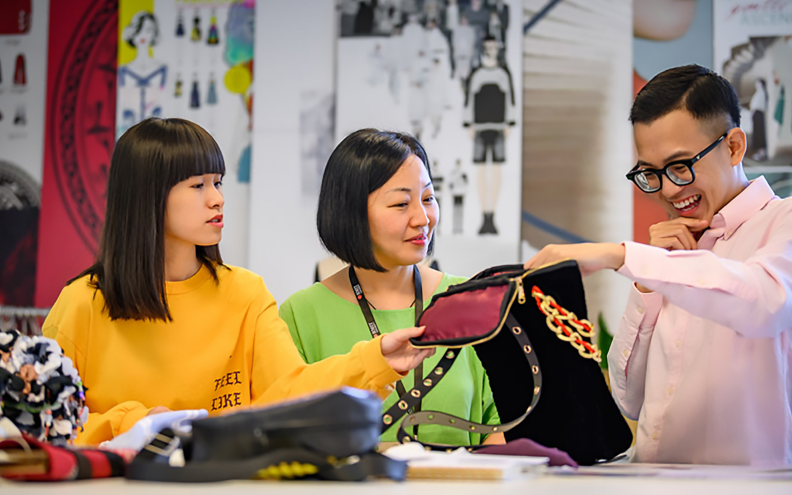RMIT is an international university of technology, design and enterprise. Our physical presence spans a unique network encompassing Melbourne, Hanoi, Ho Chi Minh City, Barcelona, Singapore and beyond.
By connecting activity, people and experiences across these locations we become more than the sum of our parts and maximise our capacity to coordinate resources and activity, pursue opportunities and collaborate to achieve impact at scale.
Working through real-time collaboration, cleverly deploying digital technology and platforms at large scale, drawing on our collective resources and expertise to meet the immediate and specific needs and circumstances of RMIT’s students, staff and partners across all of our locations, is how RMIT creates authentic connections that amplify our positive impact and provide genuine value that touches people’s everyday lives.
Confidence in the quality and value of our online education and collaboration platforms continues to grow, and as it further evolves and matures, it is hard to imagine a future in which technology adoption and digital platforms are not critical components of large-scale collaborations and relationships across locations, geographies and time zones.
With the pandemic unlikely to be the last disruption to higher education, how RMIT deploys technology to connect our locations and the people, communities and activities therein – both in Australia and abroad – and generates integrated and compelling networked environments for learning, knowledge exchange, collaboration and shared experiences, will likely be a defining characteristic of our success and resilience as an organisation in the years to come.

